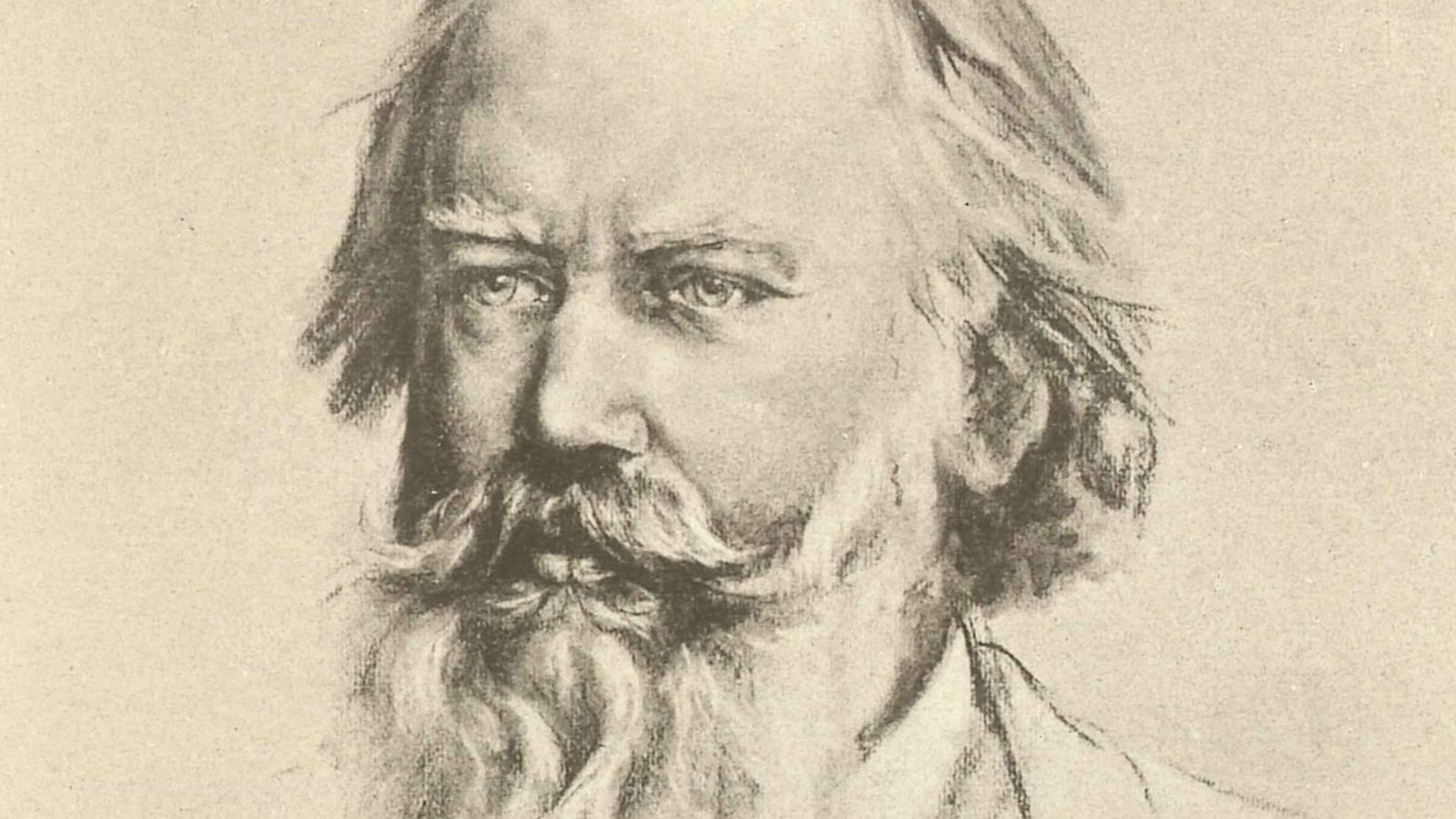Tchaikovsky’s “The Queen of Spades”: Lise Davidsen at the Met
Tchaikovsky’s The Queen of Spades is playing at the Metropolitan Opera through December 21. First performed at St. Petersburg’s Mariinsky Theatre in 1890, the three act opera tells a dark story of greed, obsession, and psychological breakdown. It is based on Alexander Pushkin’s novella of the same name. Yet the libretto by the composer’s brother, Modest Tchaikovsky, alters the plot significantly, allowing the gambling addict Hermann to fall in love with Liza before descending into …







